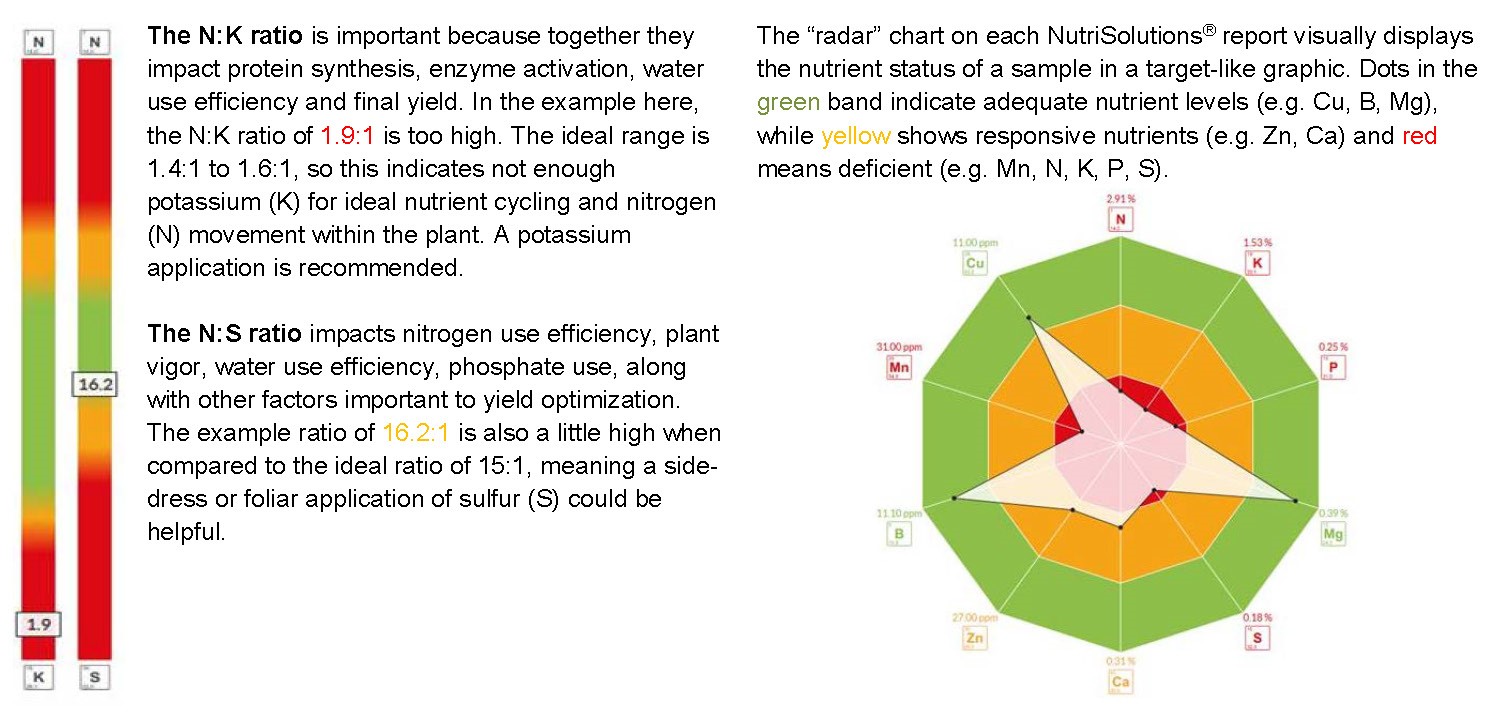Don’t Get Caught by the Element of Surprise!
Apr 18, 2024

We should have your farm maps updated, and will be able to accurately provide custom applications to your fields.
Call to schedule your tissue test to measure crop health. We like to start testing corn and soybeans around V5. Please know that we can also test alfalfa and other vegetable crops. After the first test, the next round will be 30 and 60 days later. This gives us a measurement of what the plant is using for crop nutrients and how the ratios are working in the plant. We will be able to see the levels of N, K, P, MG, S, CA, ZN, B, Mn, Cu nutrients in the plant. This is like us going to see the doctor. We look fine, but things might not be quite right in your lab blood work, so the doctor can change our medicine to balance out our needs. This also works in plants. We test them to see what is going on inside allowing us to add different nutrients to the side dress or spray application to balance out the needs of the plant.
The scan chart below shows green levels are good, yellow levels may be responsive to the nutrient and red shows deficient levels of nutrients that limit yield potential. The ratio of N: K and N:S shows the nutrient balance in the plant.
